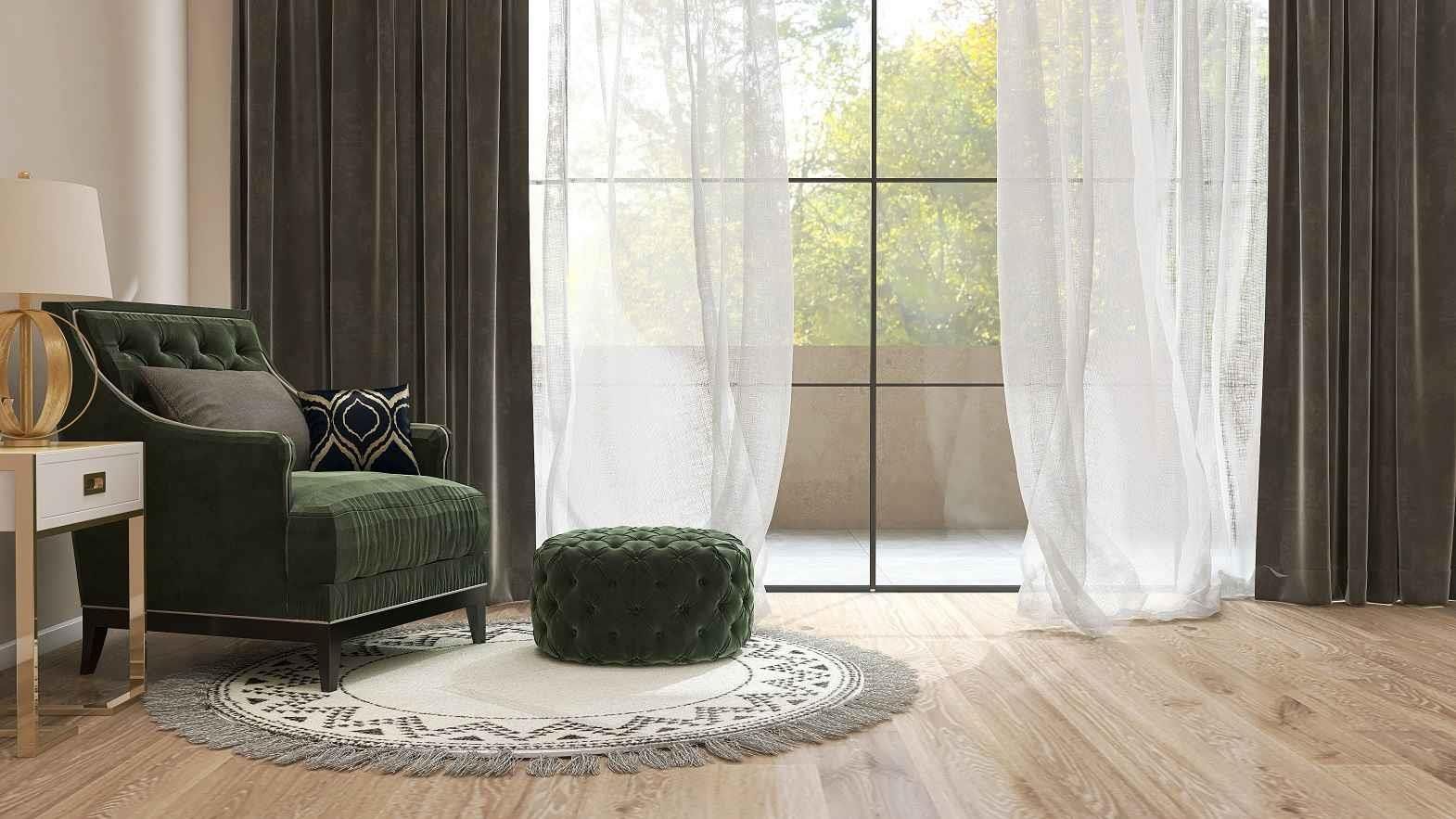With technology spreading into every aspect of our lives, there is a growing need for modern designs that are based on design thinking and meet the needs of people using interior spaces. The digital and information revolutions have significantly impacted interior design in all its areas. This progress is seen in the design thinking of the components that enhance interior spaces. To evaluate a set of designs, we need to consider how they translate the rhythm of current technology and reflect the endless aspirations for the form and style of interior environments.
Distinct from conventional and familiar ideologies, the enormous advancements in intelligent interior design supplements brought about by the digital revolution are the result of the fusion of scientific technology and the synergy of all sciences, including industrial design, with interior design. This has allowed the creation of new design elements that express the trends of the advanced technological era through both form and function.
Interior design complements are regarded as a major factor influencing stereotaxic (space perception). Depending on construction trends, interior design ideas greatly influence overall design trends. Interior design components are responsible for providing the room and its interior with the proper appearance. As spaces have become more complex, the significant advancements in interior design techniques have impacted the overall design concept. These design elements influence the complementary space designs to achieve both functional and aesthetic goals.
Textiles used in interiors and furniture are primarily produced for protective and practical applications. From ancient woven textiles and printed furnishing fabrics to woven carpets and futuristic materials, products for decoration, comfort, and well-being are important as they convey messages of lifestyle choices, comfort, and well-being. Modern textile technologies and synthetic fibres are quickly replacing conventional natural materials, creating innovative materials for contemporary interior design and architecture.
In today’s world, textiles are employed as interior membranes for modern architectural applications and household items for both practical and aesthetic purposes. Bedding, carpets, and curtains provide warmth and reflect our lifestyle preferences and financial status. Specialised fabrics meet specific needs by offering features like thermal insulation and translucent membranes to soften light. Textile items are also used in public areas and commercial buildings to create a sense of mood, practical comfort, and commercial recognition and status. The development of technical and specialised textile materials, such as cutting-edge polyester-based fabrics, has enabled designers and engineers to create new interior art forms.
Natural materials are favoured in high-end residential and commercial projects because they are more user-friendly than man-made fibres and offer superior comfort, positively influencing human well-being and promoting healthy living and lifestyles. Upholstery fabrics, tapestries, curtains, carpets, tablecloths, institutional fabrics, towels, and mattresses are all made from natural materials. However, the development of less expensive synthetics and technical textiles has recently replaced many applications of natural materials as these alternatives have gained acceptance.
Man-made fibres are used to create upholstery items, including padding, filler, and barrier materials, which must comply with stringent fire and flame safety laws for use in houses, cars, boats, and other enclosed spaces. Interior-designed fabrics are produced for practical usage and capabilities, such as light fastness and resistance to abrasion, in addition to aesthetic considerations.
Today’s high-tech operations by carpet manufacturers produce fine rugs and carpets in a variety of vibrant patterns that give a room a decorative focus. Modern production methods, combining synthetic and natural fibres, uphold high standards of quality, health, and safety criteria while ensuring competitive rates for both domestic and contract markets. Textile technology can provide affordable interior design solutions, helping interior designers and clients by offering cost-effective options without sacrificing beauty or functionality.
The development of original and cutting-edge interior design solutions is made possible by advanced textile technology, innovative materials, patterns, and methods. This can create a competitive edge by attracting customers seeking unique and contemporary design solutions. In a crowded industry, the ability to offer creative textile applications can help interiors stand out. Modern textiles can enhance a project’s value proposition in interior design. By incorporating luxurious and high-end fabrics, interior designers can position their projects as offering premium experiences, attracting customers willing to pay higher prices for exclusivity and quality. This perceived value can boost the project’s profitability.
Textile technology fosters collaboration between textile producers and interior designers. Such partnerships can be profitable for both sides, opening up new business opportunities. Interior designers gain access to a wide variety of cutting-edge textiles, while textile producers can reach new markets and promote their products through high-profile design projects. These collaborations can drive industry innovation and economic growth. By incorporating economic considerations, interior designers can use textile technology to create affordable, unique, and value-added interior design projects. Meeting the evolving needs of customers and the market, while integrating new fabrics and sustainable practices, can make these projects financially successful and profitable.
As a supplementary aspect of the design process within the design environment, smart weaving achieves a complete transformation in interior design elements such as furniture, floor coverings, and walls. As previously mentioned, smart weaving can transmit signals to an internal space control system, causing the design to change to the desired shape when it recognises a human sitting on a piece of furniture coated in smart fabric. Depending on the preferences of the user registered with the central control system, the fabric colour, wallpaper colour, and floor covering colour may change, windows may open or close, the air conditioner may turn on, and other devices in the indoor space may be activated.
Smart weaving can also offer protection and security by providing signals that indicate the presence of someone other than the registered user. The concept’s most significant implementation is the sensitive tissue chair. Additionally, smart weaving can help with energy saving by sending signals to the control unit to turn off or reduce industrial lighting when it detects that no one is inside the space. This allows curtains and textile wall coverings to save electricity.








Comments